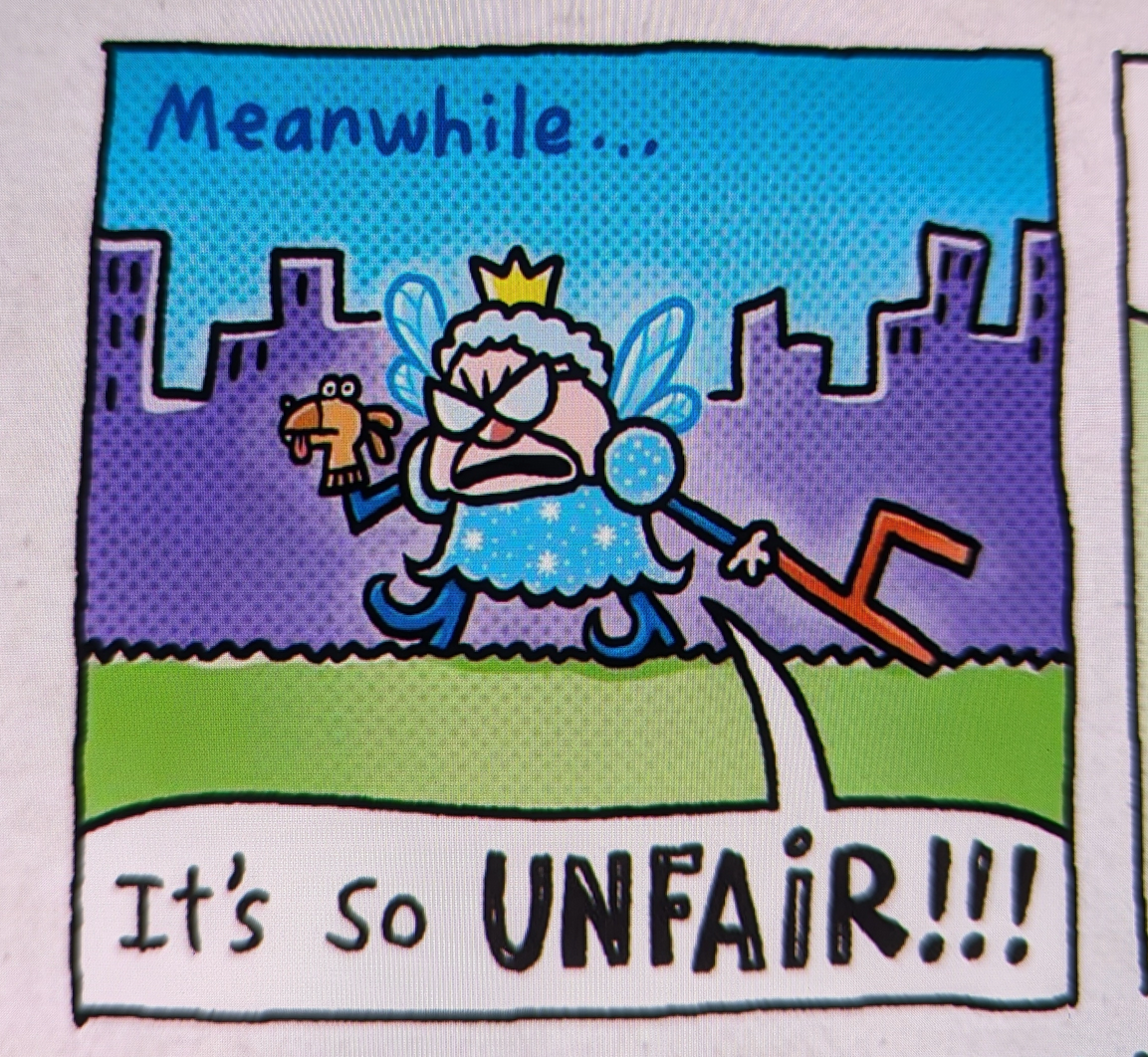All I see out there are gay rights, trans rights, whatever parades.
And people actually show up. like wth. given that it’s 5% population max.
Where are the worker rights parades?
US workers are 80% of the population (sans elderly, kids and disabled).
Why is noone doing it? Why is noone organizing Jon Stewart’s “Rally to Restore Sanity and/or Fear”?
Why does US east coastline still owned by billionaires and we have to ask permission to walk on that sand?
Where is healthcare for all?
Where are bike lines?
Why dont we nationalize and own the oil fields in US?
Where are mandatory 1 month vacations? (even fucking China has them). ?
Lots of people would march for those demands.
Wt guys? just fucking why?


tl;dr Because that’s communism.
Let’s look at the history of labor movements in the US.
At first, yeah, you started with a pretty broad cross section of society (the Knights of Labor, for example), as well as some more radical elements. Then you had the Haymarket Affair, where people were protesting for an 8-hour work day, and the cops started killing protesters, and someone (possibly a provocateur) threw a bomb at the cops. The press went wild with it and it kicked off a red scare where many labor organizations kicked out and distanced themselves from Anarchists and Marxists.
Fast forward to the Great Depression, and you’ve got a new wave of radicalization because people are seeing the failures of capitalism, and that led to the New Deal. There was another red scare as the US and USSR became rivals, and that served as “the stick,” while the New Deal policies served as “the carrot.” The labor movement once again distanced itself from the more radical elements on the promise of a cooperative government. All the communists, who were more concerned with a broad movement of solidarity, got kicked out of groups like the AFL-CIO, and the unions were considered acceptable because they were (at least to a degree) narrowly self-interested.
These unions flourished in the 50’s, 60’s, and early 70’s, during this post-New Deal, Great Society era. They weren’t necessarily the most inclusive, but they worked well for their members. However, in the 70’s an economic phenomenon emerged that was termed, “
ShrinkStagflation” - a period of high inflation and high unemployment at the same time. The Keynesian economic model (which had had a broad consensus up until that point) said that you deal with unemployment by having the government spend more money, and then when unemployment drops, you reduce spending to avoid inflation. It didn’t have a clear answer for what to do when both were high at once, that wasn’t really supposed to happen.The Carter administration made the decision to focus on inflation instead of unemployment, which screwed over the labor unions. But this was a broad bipartisan consensus among the Washington elites, and when Carter was replaced by Reagan, he did the same and pushed it further. Under this new paradigm of “supply side economics,” people’s identities as consumers was emphasized over their identity as workers. Even having purged radical elements and having become relatively toothless, unions were vilified and blamed for making goods expensive, and they didn’t really have the power to do much about it.
Question of economics were increasingly moved outside of the realm of public accountability and influence, being left to “experts” and both parties having broad agreement about things, but we still had to vote over something, and so we had the emergence of the culture war. Around the 90’s you had some rather boring presidents and debates, because it was the height of “the end of history,” where there was this idea that all the big questions and conflicts had been resolved and it was just a question of little tweaks here and there.
However, in the 2000’s, as it became clear that conditions were declining and the wealth gap was growing, there has been a new wave of radicalization, on both the right and the left, which started to really manifest in 2016. But it is very much in its infancy, without a lot of experience or strength. It’s been over 40 years since we had strong unions (and even those ones were defanged). Now, we’re fighting against entrenched anti-union and anti-worker policies, practices, and beliefs. And progress is being made, but it’s a long, uphill battle, and a lot of it is young people figuring things out from scratch.
Great writeup! I did want to mention that “Shrinkflation” is not the right term for the phenomenon of the 1970s, that is “stagflation” (“stagnation” + “inflation”). “Shrinkflation” is when the size of products shrinks while the price remains unchanged to hide the impacts of inflation. The reason it was so hard on the economy is that there is typically a positive correlation between inflation and economic growth. As inflation increases, the economy grows faster, and as it decreases, the economy shrinks. Stagflation, when the economy shrinks and inflation increases, removes a lever that the central bank typically has to get the country out of a recession because they can’t increase inflation to encourage economic growth. The reasons that usually works are complicated and beyond the scope of a random Lemmy comment.
Thank you, brainfart on my part.